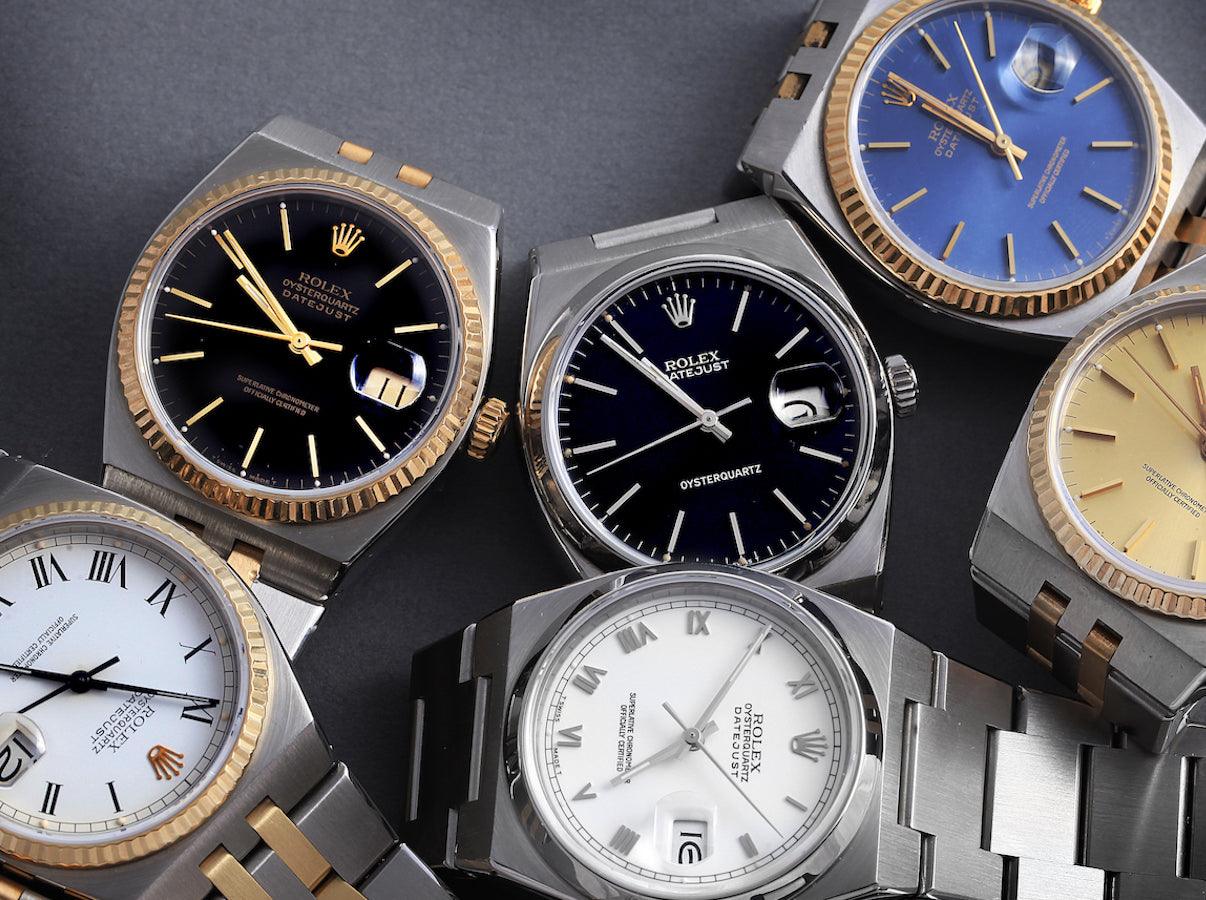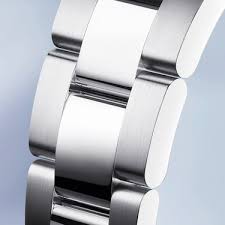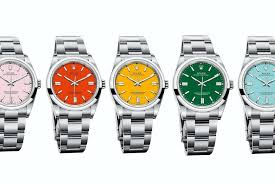
The Intriguing Truth About what Makes Rolex Tick

Rolex is the king of watches, known for its precision, craftsmanship, and luxury. But have you ever wondered if Rolex watches tick? The answer might surprise you.
To understand the truth about Rolex ticks, we need to delve into the history of this iconic brand. Rolex was founded in 1905 in London, England by Hans Wilsdorf and Alfred Davis. Initially, the company was called Wilsdorf & Davis, but it later became Rolex in 1908.
From the beginning, Rolex was dedicated to producing high-quality, accurate timepieces. In 1910, a Rolex watch received the first Swiss Certificate of Chronometric Precision, a testament to the brand's commitment to excellence.
Over the years, Rolex has become synonymous with luxury and style, worn by everyone from world leaders to Hollywood stars. But one question has persisted: does a Rolex tick?
The answer is yes, but not in the way you might think. Rolex watches use a mechanical movement, which means they have a ticking sound as the gears inside move. However, Rolex watches are known for their precision and smoothness, which means the ticking sound is almost imperceptible.
In fact, Rolex watches have a distinctive sound that many collectors recognize and love. The sound is a soft, smooth tick that's barely audible, but it's there if you listen closely.
Today, Rolex continues to innovate and produce some of the finest watches in the world. From the iconic Submariner to the elegant Datejust, Rolex watches are a symbol of luxury and quality.
Rolex mechanical watches do tick, but it's a subtle sound that reflects the brand's dedication to precision and craftsmanship. As we look back on the history of Rolex, we can see how this iconic brand has shaped the watch industry and become a symbol of style and sophistication. So next time you see a Rolex on someone's wrist, listen closely and you might just hear the subtle tick of a true masterpiece.
In addition to their traditional mechanical watches, Rolex also produced quartz watches in the 1970s and 80s, including the Oysterquartz line. These watches were a departure from Rolex's traditional style, featuring a distinctive angular case and bracelet.
The Oysterquartz line was introduced in 1977 and featured a quartz movement that was more accurate than Rolex's mechanical movements. The watches also featured a unique date display that was visible through a window on the crystal.
The first Oysterquartz model was the Rolex Oysterquartz Datejust. This watch featured a 36mm case and was available in stainless steel, gold, or a combination of the two. The Oysterquartz Datejust also featured a unique date display that was visible through a window on the crystal.
In 1979, Rolex introduced the Oysterquartz Day-Date, which featured a day and date display and was available in a variety of precious metals, including yellow gold, white gold, and platinum. The Oysterquartz Day-Date also featured a sapphire crystal and a unique, angular case and bracelet design.
In addition to the Datejust and Day-Date models, Rolex also produced a smaller Oysterquartz model called the Oysterquartz Lady. This watch featured a 24mm case and was available in a variety of materials, including stainless steel and gold.

The Oysterquartz line was produced until the late 1990s and is now considered a collector's item. While they were not as popular as Rolex's mechanical watches, the Oysterquartz line represents a fascinating chapter in the brand's history and a departure from their traditional style.
Today, Rolex is once again focused on producing mechanical watches, but the Oysterquartz line remains a unique and interesting footnote in the brand's history. Whether you're a collector or simply appreciate the artistry and precision of a Rolex watch, the Oysterquartz line is a fascinating piece of horological history.



